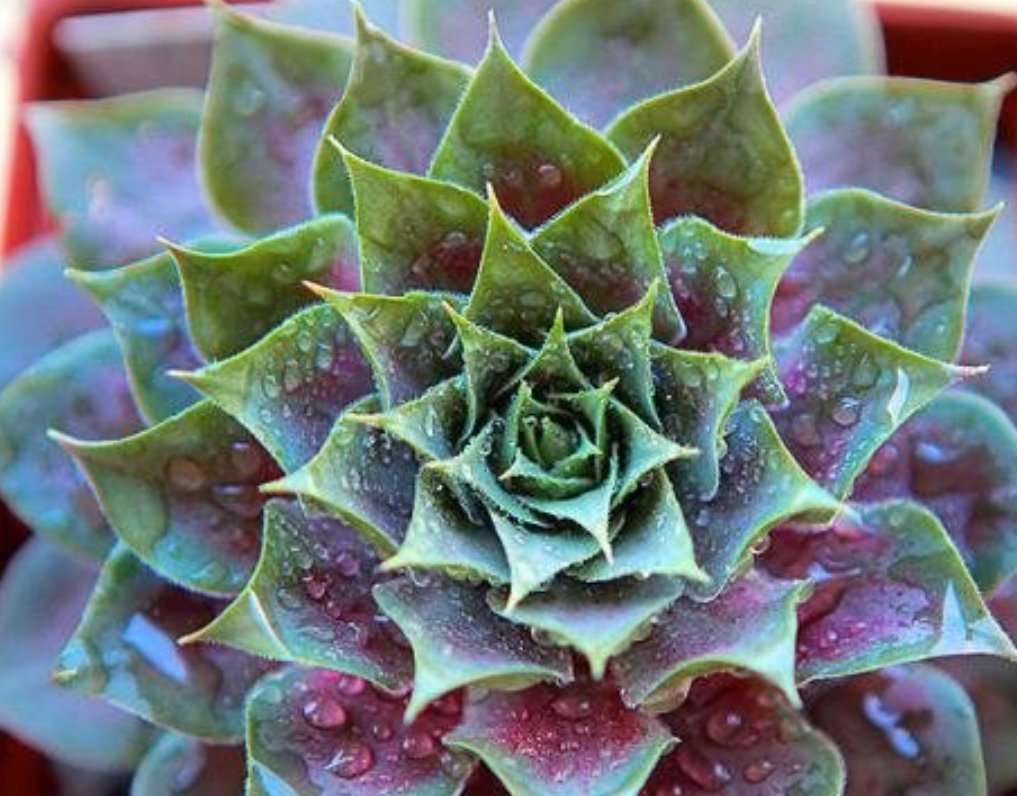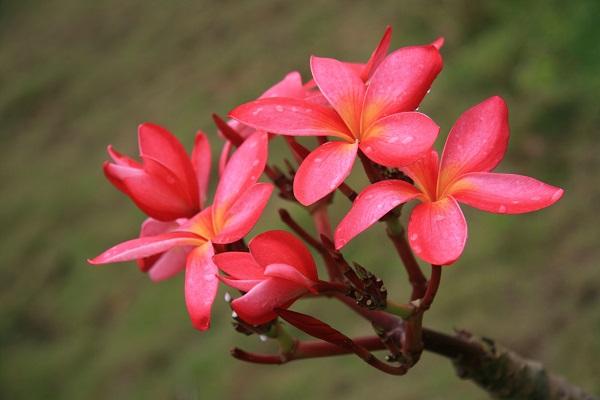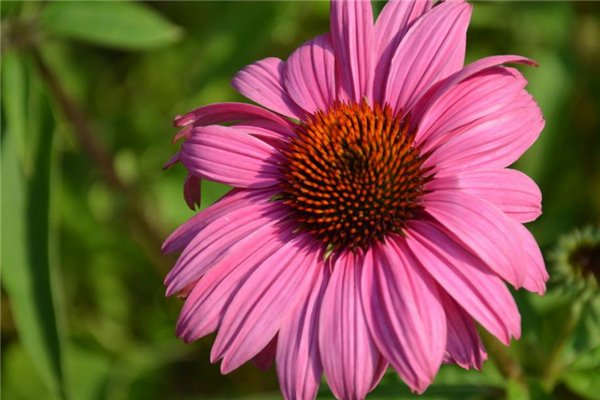How to maintain the everlasting grass red flower
Red Honorary Sempervivum Gray Lady
Sedum (CRASSULACEAE) / evergreen grass (Sempervivum)
Alias: red smoked flower
Brief introduction
The rosette leaf of Hongxun flower is rosette, the leaf is flat, the leaf is pointed, the leaf margin has long villi, and the leaf back and leaf surface are smooth. The evergreen grass of this variety is a medium-sized variety. When the temperature difference is large in winter, the leaf is basically wine red, the leaf surface is smooth and shiny, and the leaves will become thicker. The lateral bud of the plant is green, which will turn wine red slowly, and the plant color will turn grayish red or green during summer dormancy. After a long time of breeding, the plants will slowly grow in groups, which is very beautiful.

Morphological characteristics
The rosette leaf of Hongxun flower is rosette, the leaf is flat, the leaf is pointed, the leaf margin has long villi, and the leaf back and leaf surface are smooth. The evergreen grass of this variety is a medium-sized variety. When the temperature difference is large in winter, the leaf is basically wine red, the leaf surface is smooth and shiny, and the leaves will become thicker. The lateral bud of the plant is green, which will turn wine red slowly, and the plant color will turn grayish red or green during summer dormancy. After a long time of breeding, the plants will slowly grow in groups. Lateral buds grow every year, and cubs usually sprout in early spring.
Reproduction method
The methods of reproduction include ramification and beheading. Generally use the method of reproduction, take off the cub, cut it in the slightly wet soil, and wait for the root in a cool and ventilated place.
Cultivation techniques
Soil can be peat mixed cinder, about 1:1, no specific proportion, mainly breathable, in order to isolate the contact between plants and soil surface, but also for more breathable, usually covered with clean river sand with particles, the size of river sand is 3 to 5 mm. Watering is dry before watering, do not water.
Growing environment
Spring and autumn are the growing periods, and the sun shines all day. Summer dormancy, ventilation and shading, water 3 to 4 times a month, a small amount of water at the edge of the basin. To keep the plant from drying up because it is too dry. Winter temperature below 3 degrees will gradually cut off water, below 0 degrees to keep the basin soil dry, try to keep no less than 5 degrees below zero, Hongxunhua is still very resistant to low temperature. The drying of basin soil at this temperature can basically pass the winter safely.
Matters needing attention
Usually watering as far as possible in the soil, well-ventilated places can be drenched, summer and winter as far as possible to avoid moisture to the center of leaves, easy to rot oh, try to avoid drenching plants, red flowers have no obvious diseases and insect pests, but pay attention to root powder. Carbofuran is buried in the soil for preventive use and avermectin is sprayed once a year in summer and winter.
Species classification
The genus sorted out 23 varieties in the 1930s. It has been popular in Japan since the middle of Meiji and introduced into China in recent years. Because the genus is easy to cross under natural and artificial conditions, its names and numbers are very confused, such as S.tectoram, which has 70 different scientific and cultivated names. There are 200 recorded species of the genus, including 45 conservatively speaking (including early natural hybrids).
Time: 2019-04-20 Click:
- Prev

Culture methods and matters needing attention of red egg flower
According to its name, many people think that it is a relatively small flower, but in fact it belongs to a small tree with a height of up to 5 meters. Red egg flower is also called safflower egg flower, and it is very similar to yellow egg flower. They belong to a kind of plant, but the flowers are different in color.
- Next

Culture methods and matters needing attention of echinacea
Purple echinacea is not an edible fruit, but a kind of chrysanthemum. They have strong cold tolerance and can spend the winter outdoors in the north. The petals are dark pink, the center of the flower is brown and orange, and the two colors are very retro in one piece. It is not gaudy, nor is it plain and flamboyant.
Related
- Fuxing push coffee new agricultural production and marketing class: lack of small-scale processing plants
- Jujube rice field leisure farm deep ploughing Yilan for five years to create a space for organic food and play
- Nongyu Farm-A trial of organic papaya for brave women with advanced technology
- Four points for attention in the prevention and control of diseases and insect pests of edible fungi
- How to add nutrient solution to Edible Fungi
- Is there any good way to control edible fungus mites?
- Open Inoculation Technology of Edible Fungi
- Is there any clever way to use fertilizer for edible fungus in winter?
- What agents are used to kill the pathogens of edible fungi in the mushroom shed?
- Rapid drying of Edible Fungi

